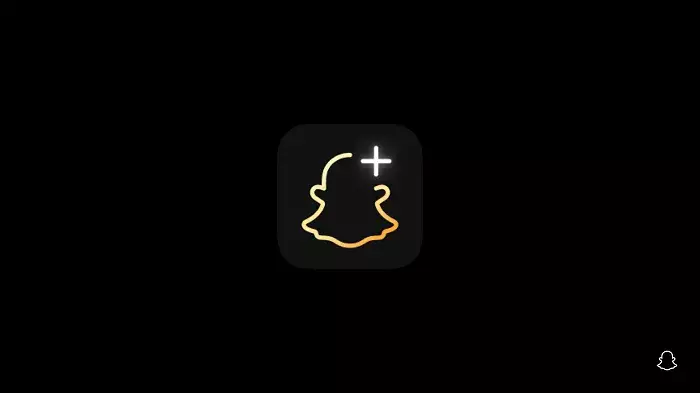In a digital landscape increasingly dominated by subscription-based models, Snapchat has made a significant yet understated evolution to its Snapchat+ subscription service by introducing an upgraded “Platinum” tier. This new offering allows users to completely opt out of ads within the app, signaling Snapchat’s attempt to cater to a growing audience that prefers ad-free experiences. However, this move poses vital questions about user retention, company revenue, and the broader implications for ad-supported social networking platforms.
The Platinum version of Snapchat+ is available at a hefty price, reportedly more than double that of the standard subscription. The fundamental change that comes with this upgrade is a promise of an uninterrupted user experience—a bold statement in an age where digital advertising is nearly ubiquitous. According to Snap, subscribers will enjoy “no Sponsored Snaps, and no Story or Lens ads!” This seemingly straightforward upgrade raises questions about its viability and appeal among users, as there remains some ambiguity regarding certain types of advertising that could still permeate the user experience.
However, it’s essential to note that while Snap provides an option to dodge ads, other promotional content, such as sponsored places and advertisements embedded in AI responses, may still be visible. This incomplete opt-out could prevent potential subscribers from fully embracing the new tier, thereby leading to skepticism about whether the tangible benefits justify the extra cost.
Snapchat’s ad-free initiative is not occurring in isolation. It appears to be a strategic response to the predicament faced by other major players in the social networking arena, particularly Meta. In 2023, Meta rolled out its ad-free subscription in Europe, reacting to updated EU regulations that require options for users to avoid targeted advertising. However, this move was met with criticism from EU advisory groups, asserting that such a subscription undermines the principles of the GDPR and its focus on protecting user privacy and data.
By introducing its Platinum tier at this moment, Snapchat may be attempting to capitalize on the scrutiny Meta is facing. However, the absence of a substantial promotional push for this new offering raises suspicions. Is Snap carefully observing Meta’s journey, gauging user sentiment towards ad-free experiences before fully committing to marketing this tier? The gamble could pay off if the landscape shifts towards greater acceptance of paid ad-free options, yet it could also expose Snap to similar scrutiny regarding user data and ad reach.
One of the pivotal components of this new offering lies in its economic implications for Snap Inc. The price tag for the Platinum subscription is positioned significantly higher than the company’s average revenue per user (ARPU). On paper, this might suggest a lucrative opportunity for Snap if a substantial user base opts for the ad-free experience. However, it’s worth considering the long-term consequences, where a mass migration towards a premium offering could dampen the overall effectiveness and appeal of Snap’s advertising capabilities.
If a significant percentage of users abandon the ad-supported model, Snap risks facing diminished revenue streams from ad placements. This could lead to a precarious balancing act—enhancing user experiences while sustaining the financial ecosystem that primarily relies on advertising income. Consequently, the introduction of the Platinum subscription could easily evolve from being a lucrative initiative to a dangerous gamble with unpredictable outcomes.
Ultimately, the success of Snapchat’s Platinum subscription largely hinges on user demand. While the allure of an ad-free environment is enticing for many, the hefty price may deter potential subscribers. The real challenge lies in shifting user attitudes and perceptions—can Snapchat cultivate a significant number of users willing to pay a premium for an untainted social media experience?
As we move forward, Snapchat will need to employ strategic marketing tactics to not only highlight the benefits of the Platinum plan but also contextualize its value against the backdrop of the evolving social media landscape. With 12 million current Snapchat+ subscribers, there remains a glimmer of hope that the Platinum plan could supplement and diversify Snap’s revenue streams. However, only time will tell whether this audacious venture pays off or becomes a cautionary tale in the world of social media monetization.

